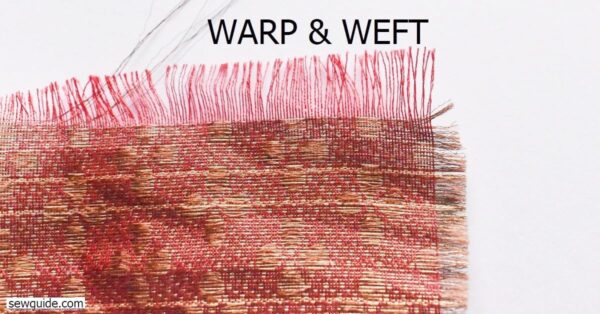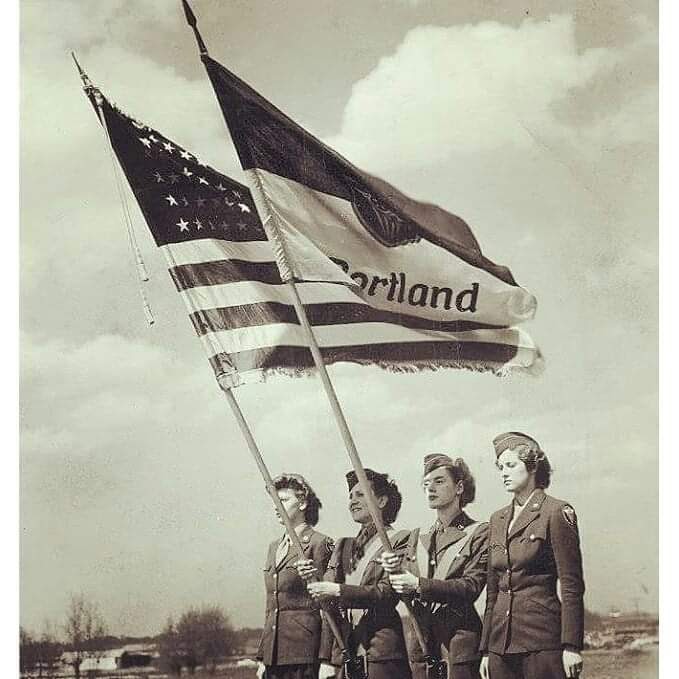Theories abound about the flag, the fringe, the finial, and even the direction the flag is displayed. It’s a bit ridiculous. Having said that, there may be some tiny bit of truth to admiralty law being represented by fringe, maybe. Still, knowledge of history is going to be our friend and help us understand what fantasy is and what is truth. Let’s start here.
In the Beginning…
Fringe originated as a way of preventing a cut piece of fabric from unraveling when a hem was not used. It is believed that fringe was first used in Mesopotamia over 3000 years ago. Several strands of weft (horizontal) threads would be removed, and the remaining warp (vertical) threads would be twisted or braided together to prevent unraveling and vice-versa.

In Native American cultures fringe was used on outer wear for both decorative and practical purposes. In the rain the fringe on the clothing directed water away from the wearer. This was adopted by early American settlers and became an integral part of the “wild west”.
Then…
As textile manufacturing advanced, fringe was made separately, the flag material was hemmed on all edges, and the fringe was attached to the fabric to create a strong, more visually appealing look. For flag makers this helped the flags last longer. This makes sense. With flags being sewn by hand one would want it to last as long as possible, especially with detailed embroidery. The added weight made the flags easier to display and maintain a more sophisticated look. Fringe created a frame of sorts that set it apart from other textiles. Otherwise it would look like any other hanging sheet of fabric.
Besides the added and weight and the framing, another benefit was that fringe created a static charge that pulled dust, soot, and ash away from the main fabric keeping it clean and slowing damage that those things can cause.
Fringe was viewed as part of the nature of textiles and the manufacturing process. By the time the Flag Code was written, fringe wasn’t considered as an addition.
Later…
Controversy further complicated things with the rivalry between the Department of the Army and the Department of the Navy. These two have had a stereotypical sibling relationship. They each wanted to establish their own identity. So when the Army updated their regulations to require fringe on all flags, the Marines prohibited (only) the use of fringe on the national flag.
“Mom! the Army and Navy won’t stop making its own standards!”
The rivalry had been so bad that they even went as far as to have separate designs for the Presidential flag, which caused its own problems until President Truman issued Executive Order 9646 (1945) to establish a single flag to represent the office of the President.
The rivalry extends to guidon flags for the Army (and, by extension, the Air Force and Space Force), which are swallow-tail, and guidon flags for the Marine Corps, Navy, and Coast Guard, which are rectangular.
Now…
Fringe is mandatory on military colors. The presence of fringe does not communicate anything other than decoration for the colors. Fringe is optional for all civil and civilian displays and color guards. Why most American and state flag displays have fringe is because many flag companies sell flag sets. These sets have two cheap, brown flagstaffs, two gold-colored floor stands, two yellow cords and tassels, an American flag with fringe and any state flag with fringe. Most of the sets also come with the spread eagle finial for at least the US staff. Since it’s a cheap set and most people are trusting and don’t do any digging for information, we have these sets as the ubiquitous standard, even for military units, which violates every military standards.
While the use of fringe today is viewed as decorative; historic accounts show that it was an important part to preserve the flag both physically and symbolically.
Now see All About the Flag and Color, and A Flag is a Flag, and Flag, Fringe, and Finial Theory.
Information gathered by my colleague, DeVaughn Simper, Vexillologist.


Comments 2
There is so much wrong with this post. Arizona and New Mexico were admitted in 1912 so there is no way that President Eisenhower could have issued an order adding their stars to the flag.
Executive Order 10834 is about adding a star for the state of Hawaii and nowhere in the order does the word fringe appear so it has nothing to do with fringe on flags.
Author
Mr. Smith,
Thank you for identifying that there was “so much wrong” with the text. Taken care of.